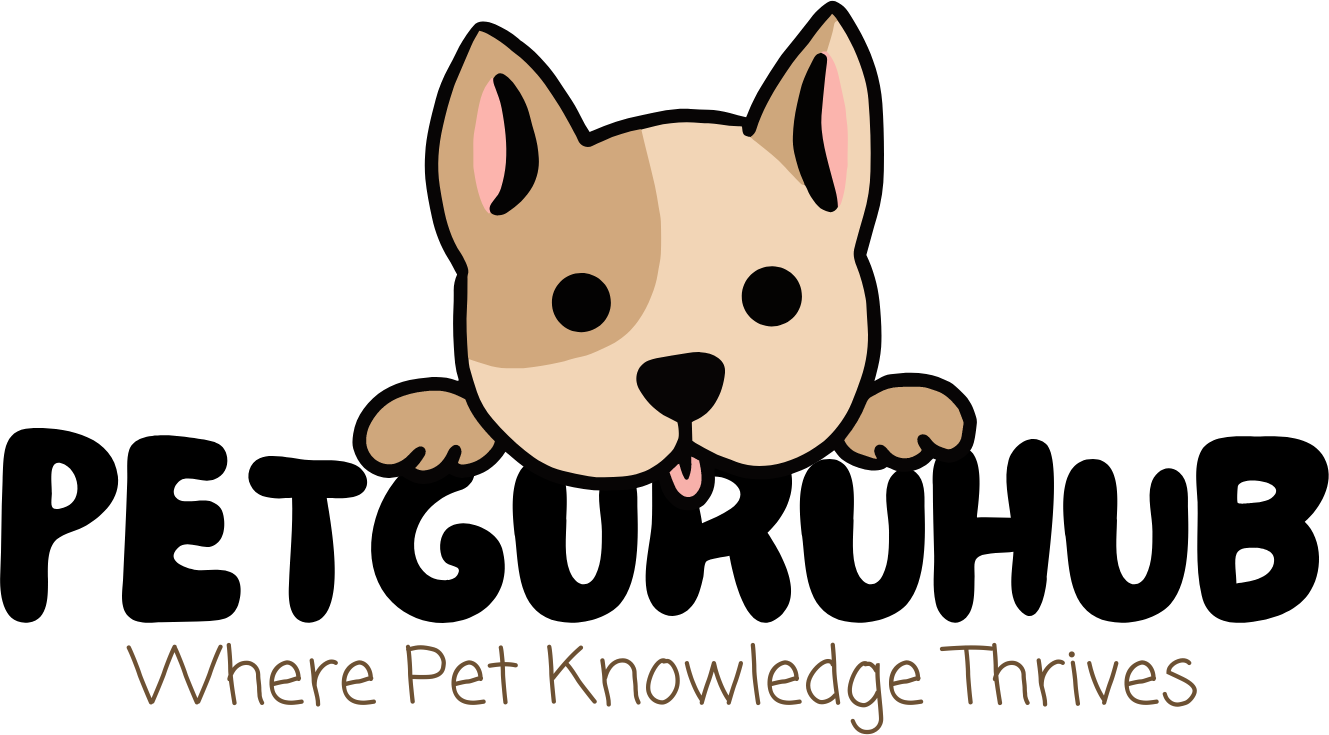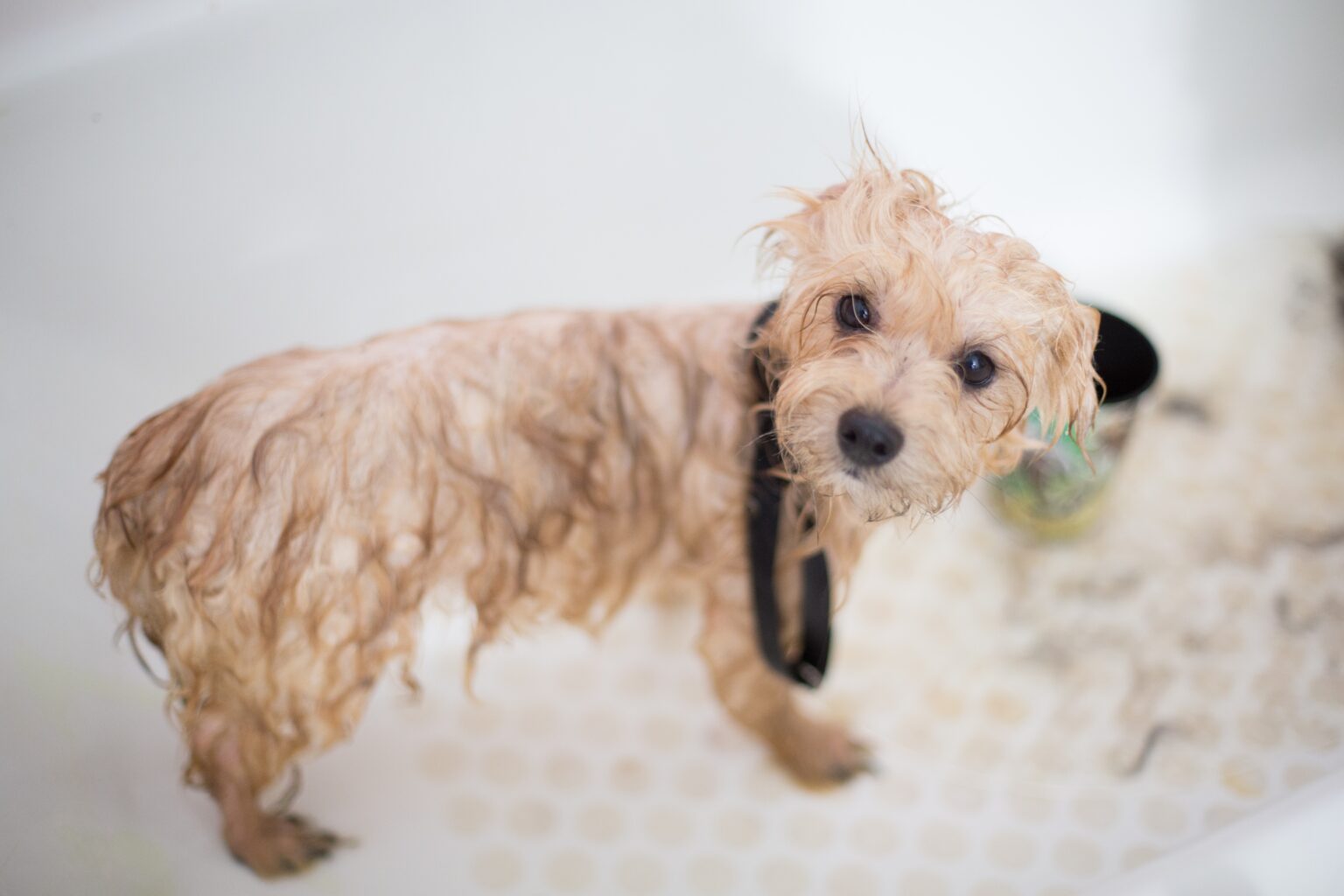Introduction
Keeping your dog well-groomed at home can be a rewarding experience for both you and your furry friend. Not only does regular grooming keep your dog looking and feeling their best, it can also strengthen the bond between you. With some preparation and patience, you can master basic grooming techniques and maintain your dog’s coat, nails, ears and teeth from the comfort of home.
This comprehensive DIY dog grooming guide covers everything you need to know to keep your pup clean, healthy and handsome. We’ll go over essential grooming tools and supplies, tips for handling different coat types, step-by-step instructions for bathing, brushing, nail trimming and more. You’ll also find handy advice for making grooming a positive experience for nervous or difficult dogs.
Follow these do-it-yourself tips to keep your dog looking sharp between professional grooming appointments. With regular home grooming, you can save money on trips to the groomer and enjoy one-on-one bonding time with your furry best friend.
Grooming Tools and Supplies
Having the right grooming tools on hand will make the process much easier for both you and your dog. Here are some must-have supplies:
- Brushes: Slicker brushes work well for most coat types, while bristle brushes are ideal for short-haired dogs. For long, silky coats, use a comb after brushing. Always brush all the way down to the skin.
- Clippers: If you plan to trim your dog’s fur, invest in quality clippers made specifically for pets. Be sure to use the proper blade for the length you want.
- Scissors: Blunt-tipped scissors allow you to safely trim the hair around your dog’s eyes, ears and paws.
- Nail trimmer: Use clippers designed for dogs to avoid splintering. Have styptic powder on hand to stop bleeding if you clip too short.
- Shampoo: Choose a gentle dog shampoo and dilute it according to package directions.
- Towels: Have lots of absorbent towels for bath time. A blow dryer can speed drying time.
- Toothbrush and toothpaste: Use pet-safe products to brush your dog’s teeth regularly.
Brushing Tips by Coat Type
Regular brushing removes dirt and debris, distributes natural oils and prevents tangles from forming. How often you brush depends on your dog’s coat type:
- Short, smooth coats (Labrador): Brush once a week.
- Wire or wiry coats (Terrier): Brush 2-3 times a week.
- Long, silky coats (Golden Retriever): Daily brushing is ideal, 3-4 times a week minimum.
- Thick double coats (Husky): Daily brushing required during shedding seasons.
- Curly coats (Poodle): Brush 2-3 times a week. Comb through curls with a wide-tooth comb.
Always brush all the way down to the skin, using short strokes. Start at the head and work back toward the tail. Be extra gentle around sensitive areas.
Bathing Tips for a Clean Coat
Bathing your dog monthly helps keep their coat clean and skin healthy. Follow these tips for a successful wash:
- Brush your dog thoroughly before bathing to remove mats and loose hair.
- Place cotton balls in your dog’s ears and mineral oil in eyes to keep water out.
- Use lukewarm water and a mild dog shampoo. Lather up starting from the neck back.
- Rinse until the water runs clear. Check for any remaining soap residue.
- Dry thoroughly with towels. Use a blow dryer on low heat for long/thick coats.
- Give treats and praise throughout to make bath time fun!
Step-by-Step Nail Trimming
Trimming your dog’s nails regularly prevents cracks and splits. Follow these safe nail clipping tips:
- Have styptic powder on hand to stop bleeding if you cut the quick.
- Sit your dog and gently hold their paw. Press on the toe pad to extend the nail.
- Position the clippers perpendicular to the nail and cut below the quick.
- Use blunt nail file to smooth any sharp edges.
- Reward your dog with treats and affection throughout the process.
- If your dog struggles, try just doing a few nails at a time.
Keeping Eyes and Ears Clean
Check your dog’s eyes and ears weekly for any signs of dirt buildup, irritation or infection:
Eyes: Wipe corners gently with cotton ball dipped in warm water or saline solution.
Ears: Use cotton ball dipped in dog ear cleaner to remove excess wax and debris. Never insert objects into the ear canal.
Contact your vet if you notice redness, swelling, discharge or bad odor. These could indicate an infection needing medical treatment.
Oral Care – Brushing Teeth
Your dog can’t brush their own teeth, so it’s up to you to remove plaque and tartar buildup. Follow these tips:
- Use pet-safe toothpaste. Let your dog sample the flavor first.
- Gently lift lips to expose teeth and gums.
- Use circular motions with a soft-bristled brush. Focus on outer surfaces.
- Start slow with just 30 seconds. Gradually build up to 2-3 minutes daily.
- Reward with treats! This positive association will help your dog accept toothbrushing.
Handling Difficult Dogs
Remain calm and patient when working with anxious, wiggly or reactive dogs. Here are some tips:
- Start handling exercises when your dog is young and make grooming fun.
- Go slowly and work in short sessions, even if just brushing small areas.
- Use lots of treats, praise and petting to reinforce desired behavior.
- Secure your dog on a non-slip surface for safety and your own back protection.
- Muzzle your dog if needed to avoid bites during stressful procedures.
- Stay positive! Your dog will become more comfortable over time.
Additional Grooming FAQs
How often should I groom my dog? Most dogs need brushing weekly and bathing every 4-8 weeks. Schedule regular nail trims, ear cleaning and tooth brushing. Some breeds require daily grooming.
What if my dog hates baths? Make bath time fun with toys, treats and praise. Use lukewarm water, a non-slip tub mat, and minimal restraint. Get help from a second person if needed.
When should I seek professional grooming? Some breeds require professional trims and clipping. Seek help for severely matted coats or overgrown nails. Consider regular pro visits for elderly/disabled dogs.
What if I cut my dog’s quick? Apply styptic powder or cornstarch to stop bleeding right away. Keep an eye on the nail and call your vet if bleeding persists. Avoid trimming that nail for a few weeks while it heals.
| DIY Grooming Supplies | Grooming Tasks | Handling Difficult Dogs | Additional Tips |
|---|---|---|---|
| Slicker brush | Brushing | Go slowly | Start young |
| Nail clippers | Bathing | Use treats | Make it positive |
| Dog shampoo | Clipping | Use praise | Go slow |
| Towels | Filing nails | Short sessions | Short sessions |
| Toothbrush | Cleaning ears | Secure dog | Lots of praise |
| Toothpaste | Brushing teeth | Stay positive | Proper restraint |
| Styptic powder | Trimming | Start young | Treats |
| Treats | Drying | Muzzle if needed | Get help if needed |
| Grooming table | Combing | Be patient |
Conclusion
With the right tools and techniques, you can easily handle basic grooming for your dog at home. Daily brushing, monthly baths, regular nail trims and teeth cleanings will keep your pup looking handsome and feeling healthy. Just be patient, use positive reinforcement and make grooming an enjoyable experience for you both!
Frequently Asked Questions
What supplies do I need for DIY dog grooming?
The basic supplies include: slicker brush, nail clippers, dog shampoo, toothbrush and toothpaste, cotton balls, and styptic powder. You may also need clippers, scissors, combs, blow dryer, and grooming table depending on your dog’s coat type.
How can I make grooming easier for a difficult dog?
Go slow, work in short sessions, use lots of treats and praise, secure your dog on a non-slip surface, and muzzle your dog if necessary. Remain calm and patient – your dog will get more comfortable over time. Start handling exercises when young.
How often should I bathe my dog at home?
Most dogs only need bathing every 4-8 weeks. Over-bathing can dry out your dog’s skin. Brush your dog thoroughly before baths to remove dirt and loose hair.
What’s the proper technique for cutting my dog’s nails?
Hold the paw gently, press on the toe pad to extend the nail, position clippers perpendicular to the nail, and cut just below the quick. Have styptic powder on hand. Reward your dog after nail trims.
How can I brush my dog’s teeth at home?
Use pet-safe toothpaste. Lift lips to expose teeth and brush with circular motions, focusing on outer surfaces. Start with 30 seconds, building up to 2-3 minutes daily. Make it fun with praise and treats!


